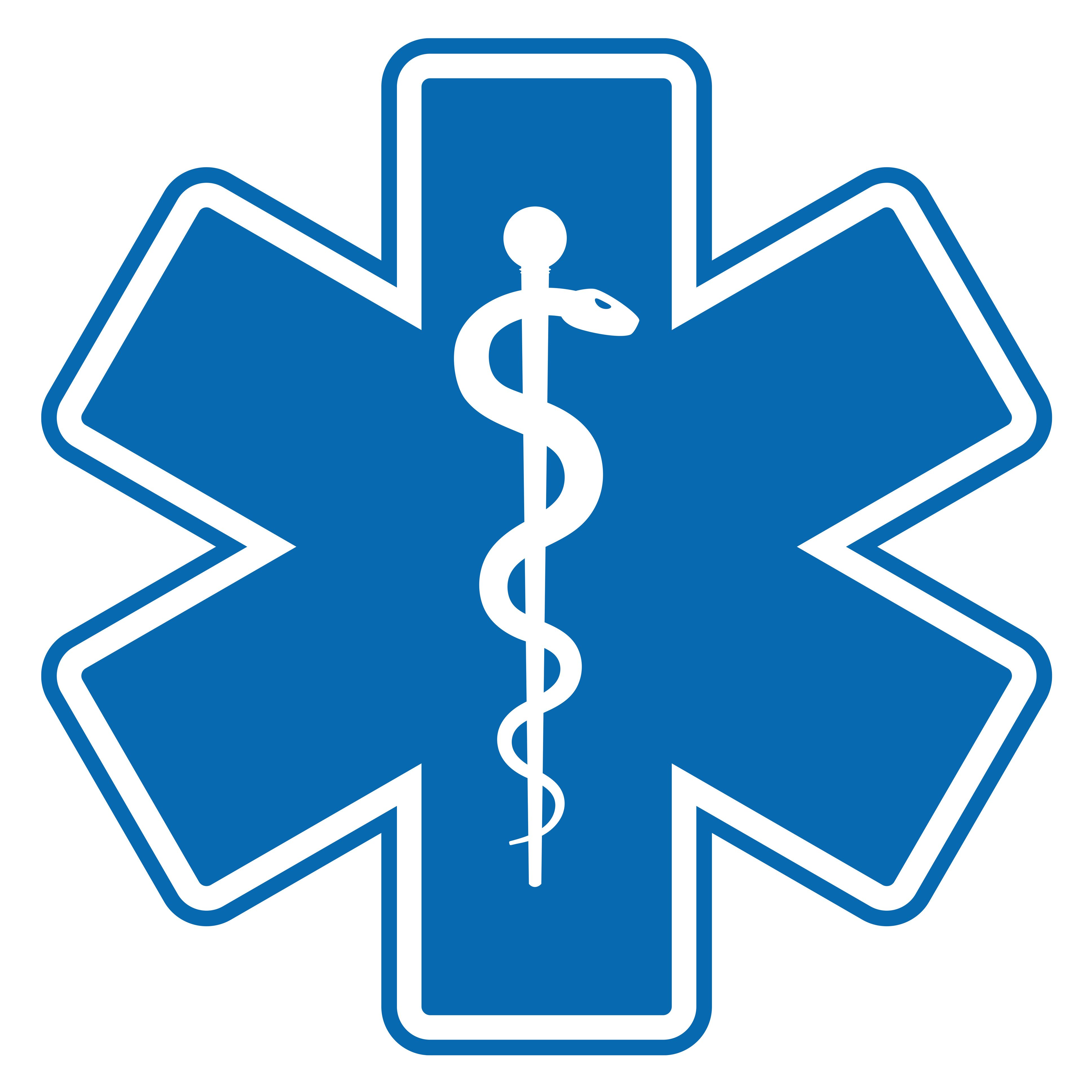Takeaways:
- 60% of children with EMS-treated out-of-hospital cardiac arrest (OHCA) experience at least 1 severe adverse safety event (ASE).
- Neonates and adolescents, especially in birth-related cases, have increased odds of severe ASEs during pediatric OHCA.
- Quality of care and system issues may contribute to poor survival outcomes in children with OHCA.
- Study reviews a large geographically diverse cohort of pediatric OHCA cases across seven regions in the United States.
- Delayed epinephrine administration is the most common severe ASE in EMS-treated pediatric OHCA encounters.
A geographically diverse, population-based, and retrospective study recently published in JAMA Network Open revealed 60% of children with EMS-treated out-of-hospital cardiac arrest (OHCA) experienced at least 1 severe adverse safety event (ASE).
Increased odds for a severe ASE were higher among neonates and adolescents, and even higher when cardiac arrest was birth related.
Despite improvements in adult OHCA, survival in children with OHCA survival remains poor. Though causes of OHCA in children and adults can overlap, the issue of quality of care and systems currently in place could be contributing to the disparity in outcomes, the authors stated in the study.
EMS personnel are challenged with the low frequency, high-stakes nature of pediatric OHCA and the time-dependent care that is required. Previous studies documenting concerns regarding safety and quality of care have generally been limited to single geographic locations and limited sample sizes.
The primary objective for this retrospective medical record review of pediatric OHCA EMS care episodes was to evaluate the quality of resuscitative care across a “large geographically diverse cohort of patients, characterizing prevalence, variation, and factors associated with ASEs in pediatric OHCA,” the investigators wrote.
The study reviewed pediatric OHCA episodes that occurred between 2013 and 2019, with medical record review conducted from January 2019 to April 2022 and analysis from October 2022 to February 2023.
Data was collected from EMS agencies across 7 regions in the United States including: Portland, Oregon; Pittsburgh, Pennsylvania; Milwaukee, Wisconsin; San Bernardino, California; Atlanta, Georgia; Oxnard, California; and Dallas, Texas.
Patients needed to be younger than 18 years and have OHCA. Those declared dead on EMS arrival or with signs of rigor mortis, or dependent lividity on EMS arrival were excluded. Other exclusions were resuscitation efforts that were stopped, and death declared within 10 minutes of EMS arrival, no CPR or defibrillation performed by EMS, or incomplete record or lack of documentation to review.
The presence of a severe ASE that could potentially cause severe or permanent harm in 1 of 6 domains of care was the primary outcome measurement. These domains included assessment, clinical decision-making, nonairway procedures, airway procedures, fluids, and medications.
In all, there were 1019 encounters of EMS-treated pediatric OHCA across 51 EMS agencies. Forty-two patients had OHCA that was associated with birth outside of a hospital, and 46% of patients were younger than 12 months.
The median response time for EMS was 5 (4-7) minutes, with median a time on scene of 14 (8-21) minutes, and a median transport time of 10 (6-15) minutes.
An endotracheal tube placement attempt took place in 529 (52%) patients, while supraglottic airway placement was attempted in 149 patients (15%). In 84% of patients overall, vascular access was established successfully, though only 14% of these successes were in birth-related cases.
In total, 80% of patients (816) received epinephrine, 6% (57) received dextrose, and 5% (51) received sodium bicarbonate.
Of the total 1116 severe ASEs, 610 had at least 1 ASE (60%), while 310 patients (30%) had 2 or more. Among adolescents with OHCA, 98 of 200 (49%) did not have any severe ASE. For neonates, 19 of 43 (22%) aged 28 days or younger had no severe ASEs.
Delayed epinephrine administration (not given within 10 minutes of EMS arrival) was the most common severe ASE. In all, 332 encounters (30%) had a delayed administration of epinephrine or failure to receive epinephrine, even though it was indicated. A total of 128 encounters had a delay in providing ventilation while 125 had delayed vascular access.
Neonates with birth-related OHCA had greater odds of a severe ASE compared to adolescents, based on the investigators’ logistic regression model that quantified the association between patient characteristics and the severe ASEs (OR, 70.; 95% CI 3.1-16.1).
With results demonstrating that 60% of children with EMS-treated OHCA experience at least 1 severe ASE, authors of the cohort study stated their findings, “represent an urgent call to action to improve overall training and delivery of care, with special emphasis on neonates and birth-related cardiac arrests.”
Reference:
Eriksson CO, Bahr N, Meckler G, et al. Adverse safety events in emergency medical services care of children with out-of-hospital cardiac arrest. JAMA Netw Open. 2024;7(1):e2351535. doi:10.1001/jamanetworkopen.2023.51535
